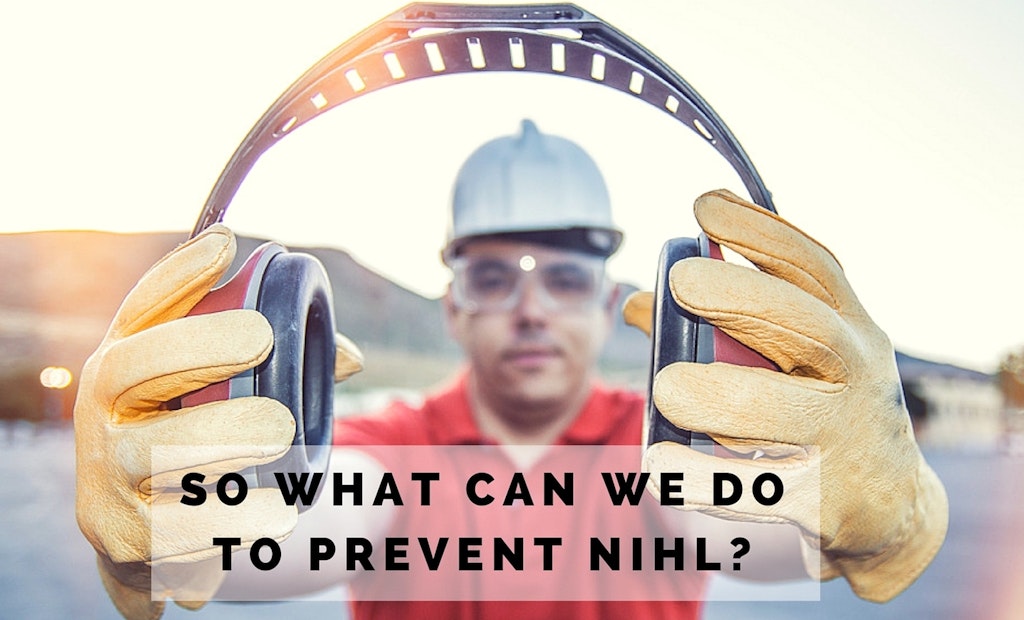Interested in Trucks?
Get Trucks articles, news and videos right in your inbox! Sign up now.
Trucks + Get AlertsThe ability to hear is a truly amazing feat of nature and it’s astounding what the human ear can do. In fact, to bring you up to speed on just how incredible your ears are, here are five facts you might not know:
- Your sense of hearing is dependent on tiny hairs inside your ears. You experience hearing loss when these hairs are damaged.
- The ears also contain the hardest bones in the human body. These are called the temporal bones.
- The ears contain the three smallest bones in the human body. These are the incus, the malleus, and the stapes (also called the anvil, hammer and stirrup).
- The inner ear is tiny, no bigger than a pencil eraser.
- The number one cause of hearing loss is exposure to excessively loud sounds (85 decibels or higher).
The human ear is an incredibly delicate part of the body. It is easily damaged and in many cases the damage is irreparable, requiring the use of a hearing aid. In extreme cases, not even hearing aids make a difference and the result is total loss of hearing.
Sonetics understands just how important it is to protect your hearing in all walks of life. That’s why the company developed a range of products to do exactly that. Whether you want to buy headset communications for your employees, or simply want something to protect your ears for one of your loud hobbies, Sonetics has just the thing you’ll need.
Noise-induced hearing loss (NIHL)
Everyday we experience loud noises. It’s just part of our lives in this modern civilization. Whether you’re walking down the sidewalk, past a construction crew working on the road, or whether you’ve simply cranked up your awesome ’80s power ballads in the car. Loud noises are all around us.
The fact is that as you get older, you’ll naturally experience hearing loss. It’s just a part of life and while it sucks, there’s absolutely nothing you can do about it.
However, in the meantime, while you wait to get to that glorious age (where nothing on your body seems to work like it used to when you were a young whippersnapper) there are steps you can take to prevent hearing loss.
Noise-induced hearing loss is caused by extremely high levels of noise. It can either be a consequence of high noise levels of a period of time, or by one single incident at the highest end of the scale. Here’s a little list of some example noises and their approximate decibel levels:
- Refrigerator humming sound – 45 decibels
- Conversation at a normal level – 60 decibels
- Heavy city traffic – 85 decibels
- A motorcycle – 90 decibels
- MP3 player at maximum volume – 105 decibels
- Sirens – 120 decibels
- Firearms – 150 decibels
Now, of course, all of these things depend on how close you are to the source of the sound. How long you are exposed to it is also a factor in how much damage it causes to your hearing.
As you can see though, it doesn’t take much to get up to the higher levels — how many times have you listened to the music on your MP3 player at a high level, and for how long?
What happens to your ears at high noise levels?
To understand how these high noise levels can damage the ear and the ability to hear, we need to understand the basics of how the ear actually works.
Step 1. The sounds enter the ear. The ear lobe acts a funnel to catch the sound waves and guide them down the ear canal.
Step 2. The sound waves vibrate the eardrum, which in turn vibrates the three tiny bones mentioned at the start of this article.
Step 3. The vibrations are then passed through to the inner ear, which is shaped like a snail and is filled with fluid. This fluid then also vibrates and passes it onto something called the basilar membrane. This contains tiny hairs that “ride” the wave of sound passing through.
Step 4. These hair cells then create a chemical reaction causing an electrical signal, which is then passed through the auditory nerve to the brain.
Step 5. Finally! The brain picks up the sound from the auditory nerve and converts it into something that we can understand.
The damage caused by loud noises is typically done to the tiny hairs we saw in step 3. If these hairs are damaged, they can (and most probably will) eventually die off completely, resulting in hearing loss.
Unfortunately for us humans, those hair cells don’t grow back. If you’re fortunate enough to be a bird or an amphibian however, you don’t have to worry about this, as yours will grow back.
So what can we do to prevent NIHL?
Preventing NIHL is actually pretty easy. In fact, NIHL is the only type of hearing loss that is preventable. No, you don’t have to walk around the streets wearing ear defenders, but here are a few tips to preventing NIHL:
- Know which noises can cause damage to your hearing. That’ll be anything at or above 85 decibels.
- Wear protective devices when involved in a loud activity. Also, make sure that they are rated appropriately for the noise you expect to encounter.
- Move away from the noise if you can’t protect yourself from it.
- Protect the ears of children who can’t protect themselves.
- Get your hearing tested by a professional if you think you have already experience some hearing loss.
Click here to visit Sonetics for more information about hearing protection products.






